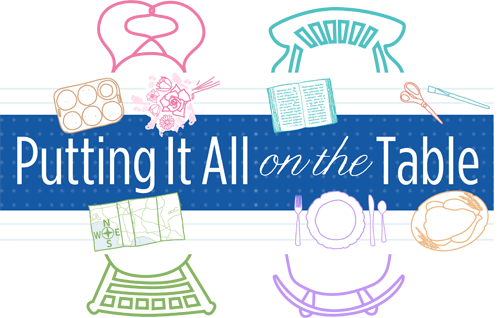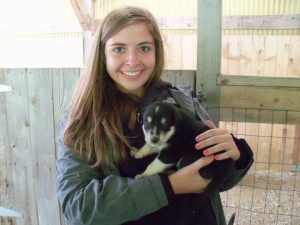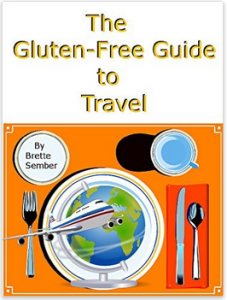What To Do When Your Travel Plans Go Awry
Posted by in TravelOne of the highlights of our stay on Oahu was going to be a visit to the Iolani Palace, the only royal palace on US soil. And then Hawaiian nationalists stormed the palace and took over the grounds, holding it hostage for several days while we were there.
We signed up for an excursion to take a helicopter ride to the glacier to go on a dogsled ride when we ported in Juneau during our Alaskan cruise. Unfortunately, a dense fog covered the area that day and helicopters could not take off so our excursion was cancelled.
Climbing the Tower of Pisa was something I was excited to get to do! We bought our tickets in advance and took a train from Florence for the day. We took lots of photos beforehand and planned to walk back to the train station, find some lunch and do a little shopping on the way. That is until my husband sprained his ankle walking down the 296 circular stairs.
Travelling requires you to be ready to deal with the unexpected – both the good and the bad. Often, our travels have offered pleasant surprises and revealed exciting information, views, landscapes or flavors. Once in a while though, as in the situations above, something really disappointing happens. We’ve been very fortunate that nothing that is a real tragedy or complete trip disaster has ever happened to us and of course in comparison the bad things that could happen, we have been really lucky. However, these experiences have taught me what to do when something unexpectedly unpleasant or unplanned happens.
- Handle a medical emergency first. Obviously, if someone is sick or hurt, you need to deal with the problem. I overpack medical supplies and this has served me well in dealing with the sprained ankle (Ace bandage in the kit), UTIs (prescription and OTC meds packed), and stomach upset (I always bring ginger and chamomile which work miracles) and so on. The thing to remember is that most medical issues are not trip-ending, and if you miss an afternoon or day due to illness it is not the end of the world.
- Reassess and consider alternates. How much time do you have? How much do you want to spend (consider that you probably just got some cash back when your plans were cancelled)? Where are you and what is closest? You will most likely to be able to flex your plans and find something else to do that fits your budget and your interests. For this reason, when I am planning a trip, I always make a list of alternate activities and places to go if something on our main list misfires.
- Be open to new things. When the Iolani Palace closed, we instead went to the Bishop Museum, where we learned a lot about natural and cultural Hawaiian history and saw an up-close demonstration of traditional hula dancing. They also had a pretty decent gift shop! It wasn’t something I planned to do, but it ended up being a good experience.
- Focus on replacing the heart of the experience. When our helicopter ride to the dogsleds on the glacier was cancelled it was a big deal, since this was going to be the highlight of our trip. The excursion company had nothing else to offer us, so we talked to vendors on the street and soon planned an excursion to a dog camp in the hills, where we got to see where the dogs train, pet them all (extremely important!), and be pulled by the team of dogs in their summer training vehicle. We had a great time, got to cuddle some puppies, and came home with a nice photo of us in the training vehicle. We didn’t get to walk on a glacier (another time!), but we did get to do what was most important – see the dogs. And we saved a lot of money. If the glacier had been our priority, there were bus tours to go see it. We didn’t get everything we wanted, but we ended up having a great time. The extra cash in my pocket bought me a jade salmon-catching bear carving.
- Don’t be afraid to take the day off. Sometimes the best way to enjoy a destination is to simply relax at your hotel or resort, or to wander and spend some time in a park, beach, or restaurant. I tend to over-schedule our trips, so sometimes forced relaxation can be a good thing.
One of the highlights of our stay on Oahu was going to be a visit to the Iolani Palace, the only royal palace on US soil. And then Hawaiian nationalists stormed the palace and took over the grounds, holding it hostage for several days while we were there. We signed up for an excursion to … Read more








